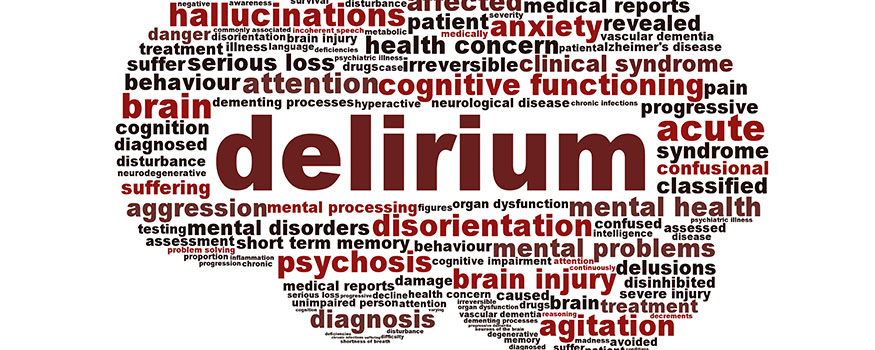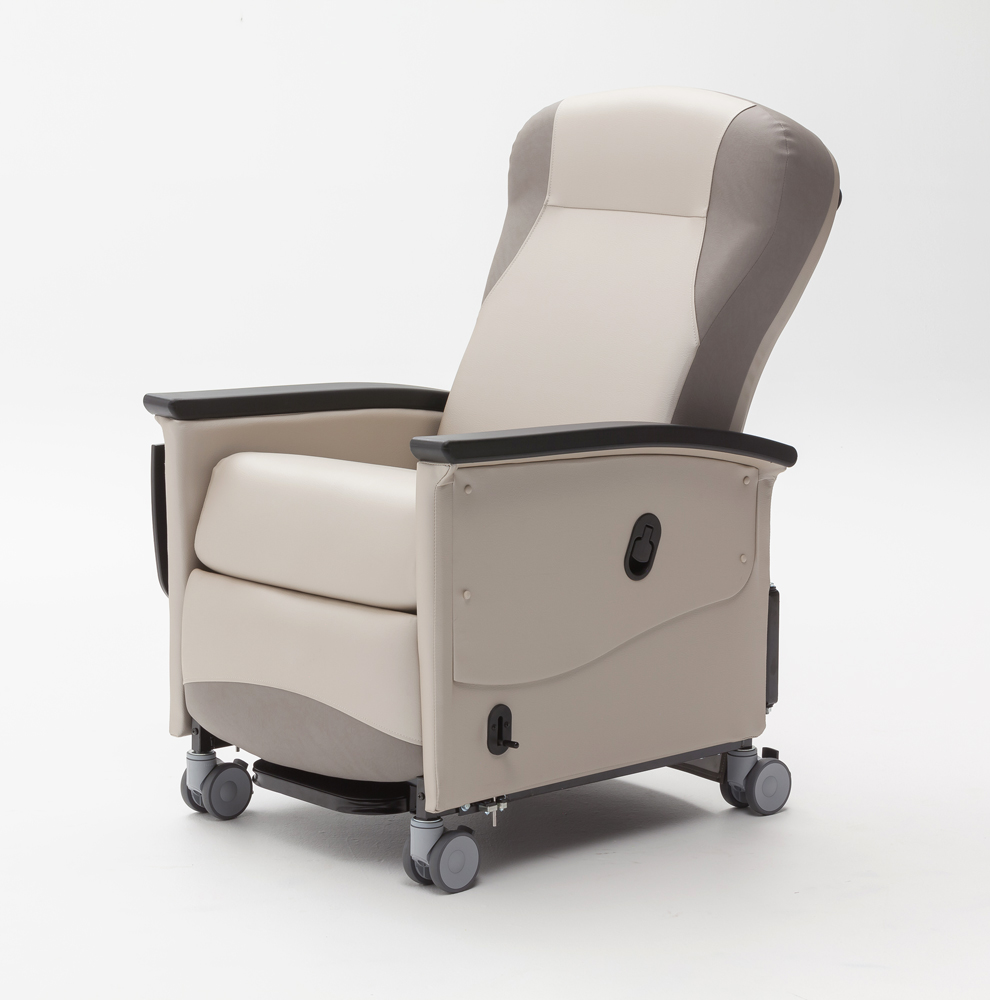Delirium is a state of confusion and altered level of consciousness that comes on suddenly and lasts for hours or even weeks before resolving. A serious and often deadly medical condition, it requires prompt action by healthcare providers.
Delirium commonly affects critically ill patients, frail older adults, the very young, and those with preexisting cognitive impairments. The American Delirium Society estimates that more than 7 million hospitalized Americans suffer from delirium each year. These patients have higher mortality rates, longer hospital stays, and a higher risk of developing dementia than those who don’t experience delirium. They’re also more likely to be institutionalized. For all of these reasons, healthcare providers should initiate measures that prevent delirium in those at risk, be able to detect delirium when it occurs, and treat delirium in a timely fashion.
Prevention
Anyone at any age can develop delirium, but generally the condition occurs in neurologically vulnerable patients when they experience stressful events. Major surgery, sepsis, adverse drug reactions, untreated pain, lack of sleep, bed rest, physical restraint, and sensory deprivation are common precipitating causes.
Follow these tips to help prevent delirium:
• Do identify those at greatest risk for delirium and reduce stressful factors that are modifiable. For instance, ambulate patients early and often; promote sleep hygiene using nonpharmacologic interventions; make sure patients who need eyeglasses and hearing aids wear them; use engaging and reaffirming conversation; orient the patient to the surroundings; provide cognitive stimulation; and maintain hydration and nutrition.
• Don’t use physical restraints or medications that unnecessarily increase cognitive burden. (See 2015 Updated Beers Criteria.)
Detection
Nurses and physicians commonly fail to detect delirium, especially in older adults and those with dementia. Become familiar with delirium signs and symptoms: acute and fluctuating changes in cognition or mental status, inattention, disorganized thinking, and altered level of consciousness. Remember that delirium can manifest as hyperactive or hypoactive subtypes, the later being common in older adults.
• Do establish every at-risk patient’s baseline mental status by asking the patient, family, or those most familiar with the patient (such as a nurse in a longterm care facility) if they’ve noticed a recent change in mental status.
• Do screen at-risk patients for delirium at least once per shift using a valid, reliable tool, such as the Confusion Assessment Method. Promptly report changes in mental status to the primary care provider.
• Don’t assume confusion is normal in older adults or those with dementia.
Treatment
No established treatments for delirium exist because the underlying disease mechanisms are unknown. Little evidence supports the use of antipsychotic medications, which may actually prolong the delirium.
• Do try to identify what might have precipitated the delirium, such as an overwhelming infection, and intervene accordingly. Use nonpharmacologic methods (see “Prevention” do’s). Also, use sitters to ensure safety and timely support for the patient. During transitions across the healthcare system, provide all patients, their family members, and healthcare providers with an appropriate delirium treatment plan that ensures ongoing follow-up.
• Don’t make delirium worse—for instance by administering p.r.n. sedative, antipsychotic, or hypnotic medications to treat delirium without first addressing the underlying cause.
The American Nurses Association has partnered with the American Delirium Society to promote delirium awareness and provide education for all nurses. Watch for upcoming delirium webinars and conferences sponsored by these organizations to improve the quality of nursing care you give to prevent, detect, and treat delirium.
Ann Kolanowski is a professor in the College of Nursing at Pennsylvania State University in University Park. She serves on the Delirium Steering Committee, a collaboration between ANA and the American Delirium Society, and is a member of the Pennsylvania State Nurses Association.
















